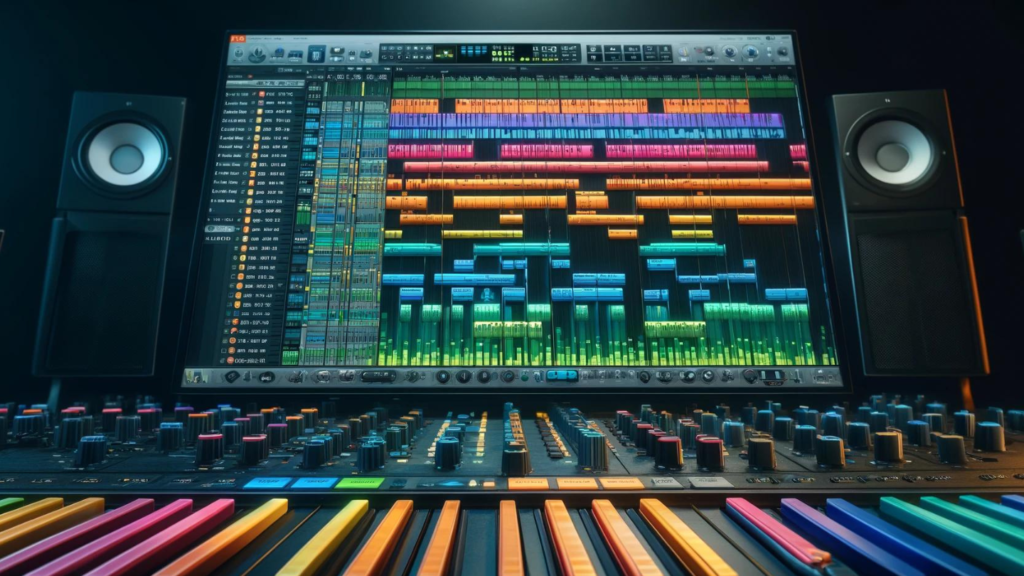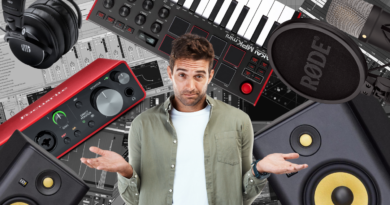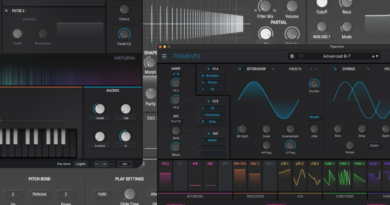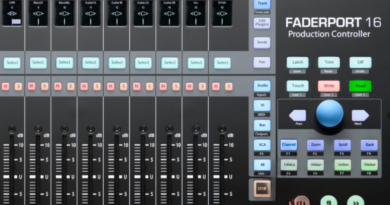Mastering Groove in Music Production
Groove is the secret sauce that makes people want to move when they hear a track. It’s the rhythmic feel that gets heads nodding, feet tapping, and bodies dancing. Whether you’re producing hip-hop, drum and bass, house, or any other genre, nailing the groove can set your tracks apart. Let’s dive into some essential tips for mastering groove in music production.
Understanding Groove
Groove is more than just the beat; it’s the interplay between various elements in a track—drums, bass, melody, and even silence. It’s about timing, dynamics, and how different sounds complement each other rhythmically. A tight groove can make a simple track infectious.

Start with the Drums
Drums are the backbone of your groove. Here’s how to get them right
Layering: Combine different drum samples to create a richer, fuller sound. For instance, layer a snappy snare with a softer clap.
Swing and Shuffle: Add swing or shuffle to your drum patterns to give them a more human feel. Most DAWs have swing settings; experiment with them until your drums have a natural groove.
Velocity Variation: Vary the velocity of your drum hits to avoid a robotic sound. Subtle changes in volume can make a huge difference.
The Bassline Connection
The bassline should lock in with the drums to create a solid groove foundation. Here are some tips
Syncopation: Use syncopated rhythms where the bass notes hit off the main beats. This creates a sense of movement and anticipation.
Octave Jumps: Adding octave jumps in your bassline can keep it interesting and dynamic.
Sidechain Compression: Apply sidechain compression to your bass using the kick drum as a trigger. This helps the bass and kick coexist without clashing.
Rhythmic Elements
Beyond drums and bass, other rhythmic elements contribute to the groove
Percussion: Shakers, tambourines, congas, and other percussive elements can add intricate details to your groove. Pan them around the stereo field for a wider sound.
Chords and Melodies: Play around with the timing of chords and melodies. Don’t always hit them on the beat—try offbeat placements to create a push-and-pull effect.
Silence and Space: Sometimes, what you don’t play is as important as what you do. Use rests and silence strategically to let your groove breathe.

Humanize Your Tracks
Humanizing your tracks means adding imperfections that make them sound less mechanical
Timing Variations: Slightly nudge notes off the grid to mimic a live performance. Most DAWs allow you to randomize or manually adjust the timing.
Velocity Randomization: Randomize the velocities of your notes to avoid a flat, lifeless sound.
Live Recording: If possible, record parts live. Even if you’re not a great player, the natural timing variations can add a lot to your groove.
Using Groove Templates
Many DAWs, like Ableton Live, offer groove templates or groove pools. These are pre-set timing and velocity patterns you can apply to your MIDI clips. Experiment with different templates to see how they affect your groove.

Layering and Arrangement
How you arrange and layer your elements plays a crucial role in the groove
Staggered Entries: Introduce different elements gradually. For example, start with drums, add bass after a few bars, then bring in percussions and melodies.
Call and Response: Use a call-and-response technique between different instruments. This creates a conversational dynamic that enhances the groove.
Automation: Automate parameters like volume, panning, and effects to keep the groove evolving and engaging.
Listening and Analyzing
One of the best ways to master groove is to listen to tracks you love and analyze them
Dissect the Groove: Identify the different rhythmic elements and how they interact.
Recreate and Learn: Try to recreate the groove in your DAW. This exercise can teach you a lot about timing, dynamics, and arrangement.
Final Thoughts
Mastering groove is an ongoing journey. It requires practice, experimentation, and a keen ear. Don’t be afraid to try unconventional methods and break the rules. After all, some of the most iconic grooves came from happy accidents and bold choices. So get in the studio, feel the rhythm, and let the groove take over.




